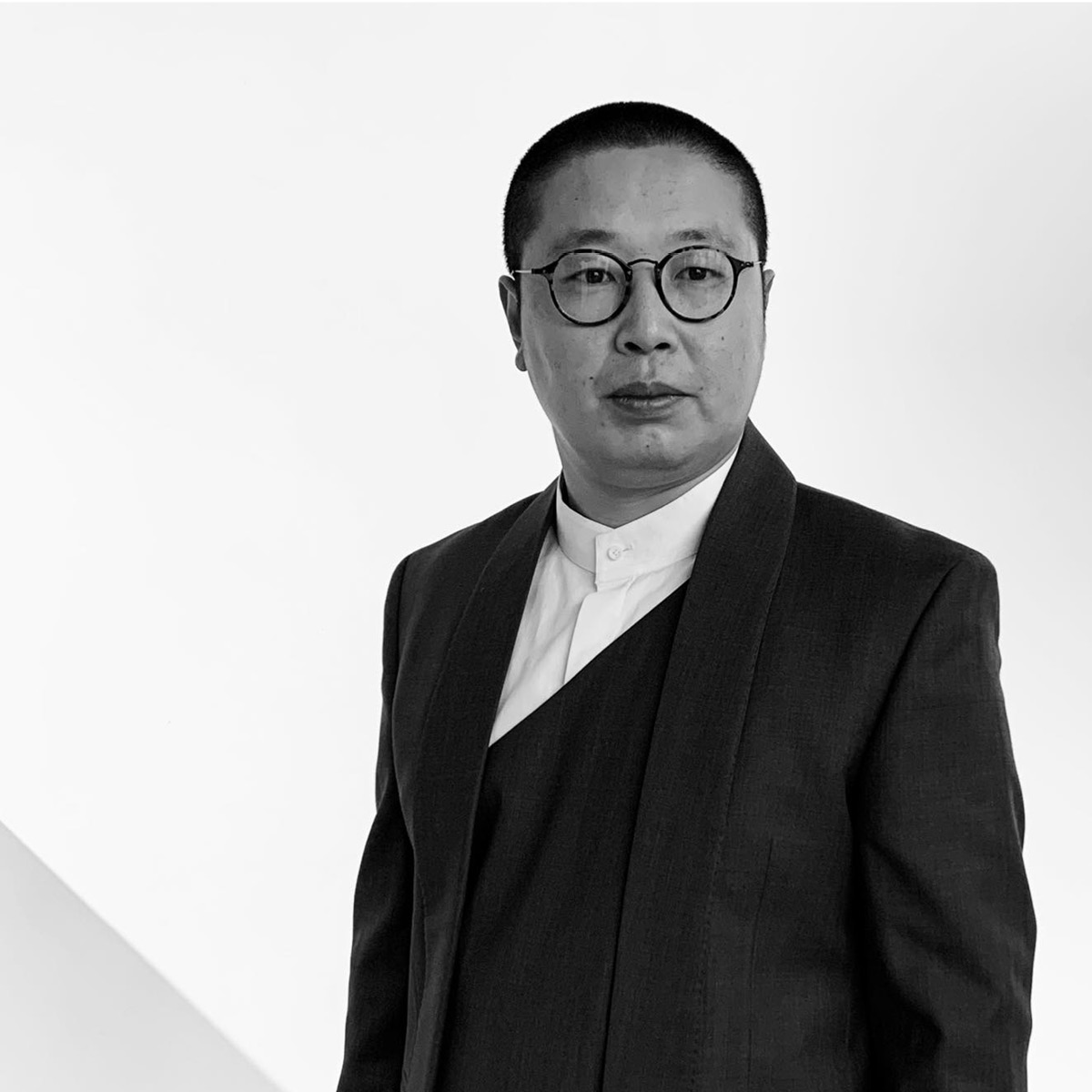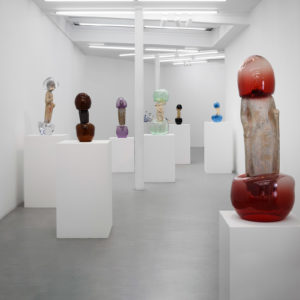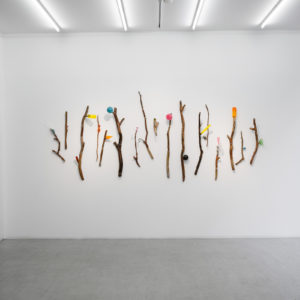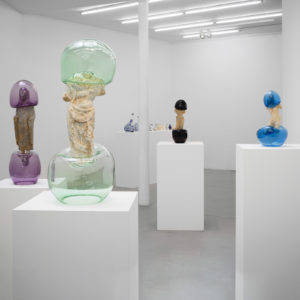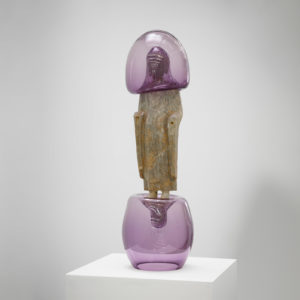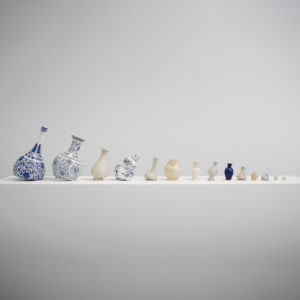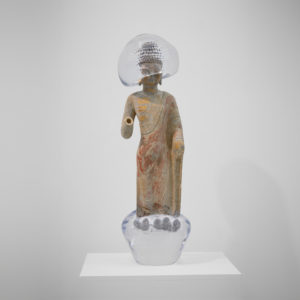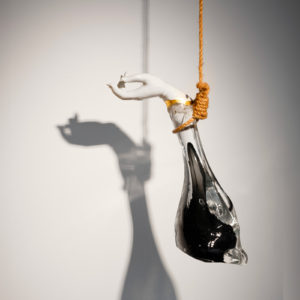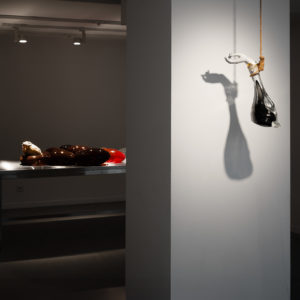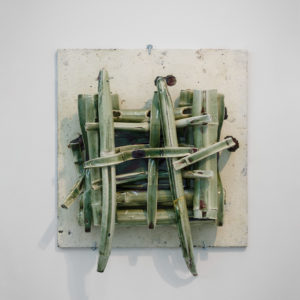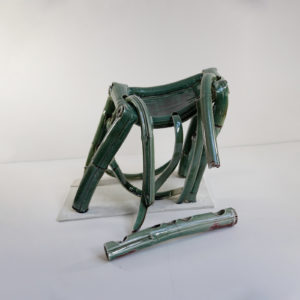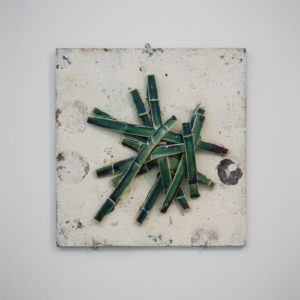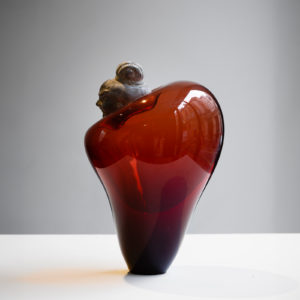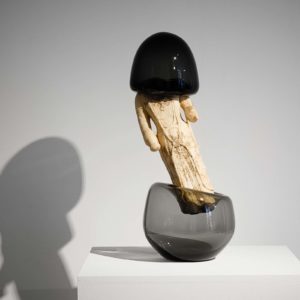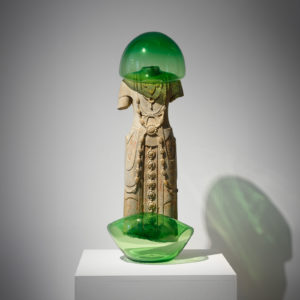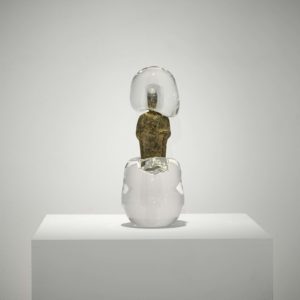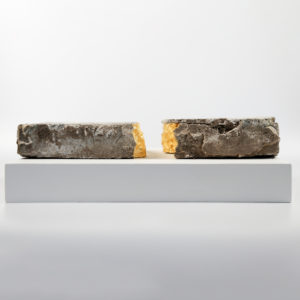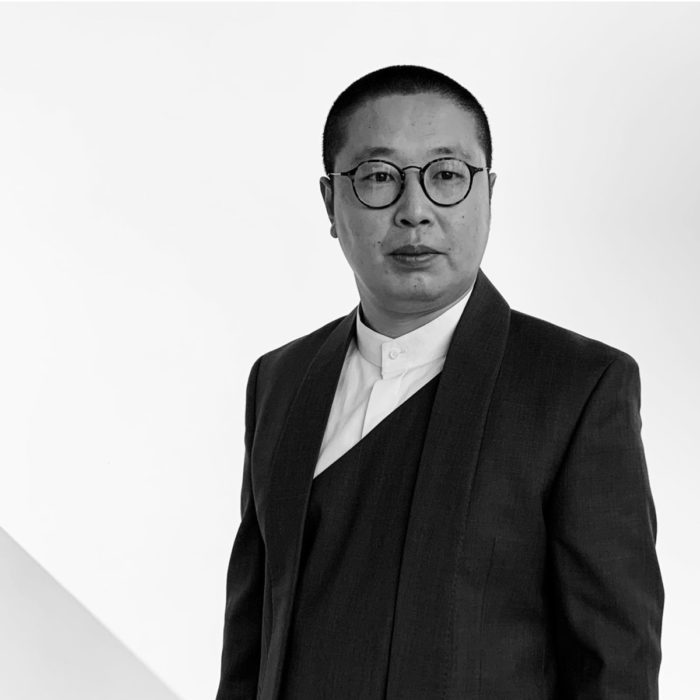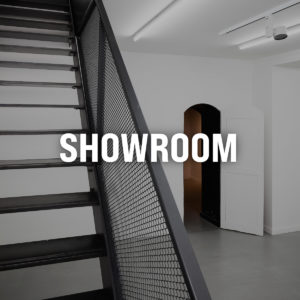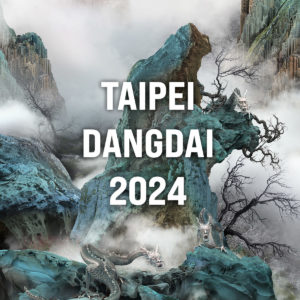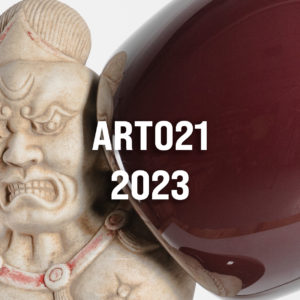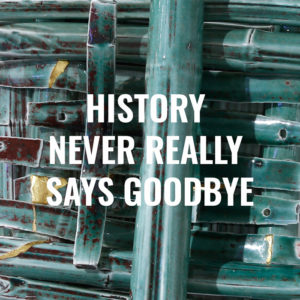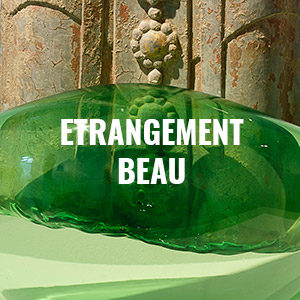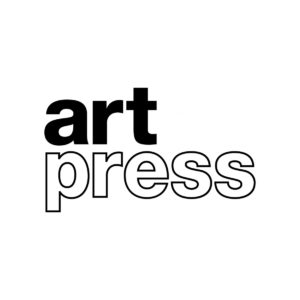Born in Fuxin, China in 1985
Works and lives in Paris
EDUCATION
2014-2015
Post graduate Program KAOLIN of ENSA Limoges, France
2013-2014
Post graduate DAS – REALisation, Geneva University of Art and Design, Geneva, Switzerland
2008-2013
Le Mans Higher School of Fine Arts (the DNSEP Diploma), Graduated with honors, Le Mans, France
SOLO EXHIBITIONS
2023
Qi Zhuo: Yes & No, Aranya – Youyi Bay, Qinghuangdao, China
Lost in the Bubble, Perrotin Gallery, Shanghai, China
2022
History never really says goodbye, PARIS-B, Paris, France
2021
Étrangement beau, Galerie PARIS-B, Paris, France
2019
Le service de table chaleureux, CCP, Geneva, Switzerland
Jarstice, Galerie Galerie Untilthen, Paris, France
Y’a des jours comme ça, Galerie Les Filles du Calvaire, Paris
2018
Méditation, Centre céramique contemporaine, La Borne, France
2017
BURNED ANGELS, Edmond Gallery, Berlin, Germany
2016
Firecrackers allow the neighbours to live in peace and harmony, Galerie Untilthen, Paris, France
2015
Working in progress, Galerie OÙ, Marseille, France
Fragile, Chenaux Gallery, Paris, France
GROUP EXHIBITIONS
2024
Variations Time and Space, Shanxi Museum Exhibition Centre, Taiyuan, China
2023
Power of color, Jinhua Cultural Center, Jinhua, China
Matignon – October+ group show, GALERIE PERROTIN, Paris, France
Xun Yi: Datong Contemporary Art Fair, Datong Culture, Sports and Tourism Bureau, Datong, China
2021
« Towards a New Land: Tales of the Ancient Pavilion » the contemporary art exhibition of the first Suzhou Garden Art Festival, Suzhou, China
Quand la matière devient art, Maison Guerlain, Paris, France
2020
Spécial Art & Craft, Eleven Steens, Brussels, Belgium
As time goes by…, Suzhou, China
2019
All we have is what our childhood gave us, Galerie Untilthen, Paris, France
Boîte à outils, Musée le Carroi, Chinon, France
2018
Best (iaire), Galerie Porte Avion, Marseille, France
2017
Métamorphose de l’ordinaire, Galerie Les lles du calvaire, Paris, France
Matière Première, Galerie Laure Roynette, Paris, France
La comédie du langage, Galerie hôtel de ville Chinon, Chinon, France
Les archives du feu, HEAD Geneve, Switzerland
2016
Détournements et distorsions, 6 Mandel, Paris, France
Choséité, Galerie Épisodique, Paris, France
Matieres grises et noirs desseins, Galerie Porte Avion, Marseille, France
Salon de Montrouge 16, Montrouge, France
Contemporary Ceramics, Art Beijing, Pékin, Chine
KAO EXPORT LTD, Musée national Adrien Dubouché, Limoges, France
2015
Private Choice15, Paris, France
Confronting Anitya, Musée de Salagon, Mane, France
Remarquer la porcelaine, Wroclaw, Poland
2014
Transit, Bazaar Compatible Program, Shanghai, China
1320°, Jingdezhen Ceramic Institute, Jingdezhen, China
2013
INSIDE OUT, Commune de Bardonnex et Genève, Switzerland
Grande Image Lab, Nuit Blanche, Paris, France
Sous Conditions, Centre d’art Ile Moulins’ art, Pays de la Loire, France
2012
Ecce homo Ludens, saison suisse “le jeu dans l’art contemporain”, Musée Suisse du Jeu, La Tour-de-Peilz, Switzerland
RESIDENCIES
2023
Taoxichuan Glass Art Center, Jingdezhen, Chine
2021
IDE (International Design Expeditions) to Poland, Warsaw, Poland
Porcelain Academy Messen 2021 – an artist in residence program with support of ELZER Fondation, Stuttgart
2020
Fondation d’Entreprise Martell, Cognac, France
2018
Centre Céramique Contemporaine, La Borne, France
2017
Cité internationale des Arts, Paris, France
Résidences La Borne, Centre céramique contemporaine La Borne, La Borne, France
2015
OÙ lieu d’exposition pour l’art actuel, Marseille, France
2014
JCI (Jingdezhen ceramic institute) de Jingdezhen, China
2013
Centre d’art Ile Moulins’ art, Pays de la Loire, France
PUBLICATIONS
2017
« Qi Zhuo: Lose Mental Burden», Art World, n°321, 2017
2016
Dominique Poiret, « Zhuo Qi, expérimentations extrêmes », Revue de la céramique et du verre, n°208, May 2016, p. 74 (ISSN 0294-202X)
2015
Yvonne Manfrini and Jean Stern, « Sans le socle », Geneva, HEAD-Geneva, 2015, 270 p. (ISBN 978-2-940377-76-3)
Dominique Poiret, « Qi Zhuo, fragile », Revue de la céramique et du verre, n°202, May 2015, p. 73 (ISSN 0294-202X)
Aude Lavigne, « Entretien avec Zhuo Qi », Franceculture, 16 June 2015
2016
Phaidon, Wallpaper City Guide, London, Phaidon, 2016, p. 58-59
Aude Lavigne, « Entretien avec Zhuo Qi », Franceculture, 16 June 2015
Gaya Goldcymer and Johnatan Taïeb, L’art & ses objets, Paris, 120 p.(ISBN 978-2-9532972-3-2), p. 23,107
-
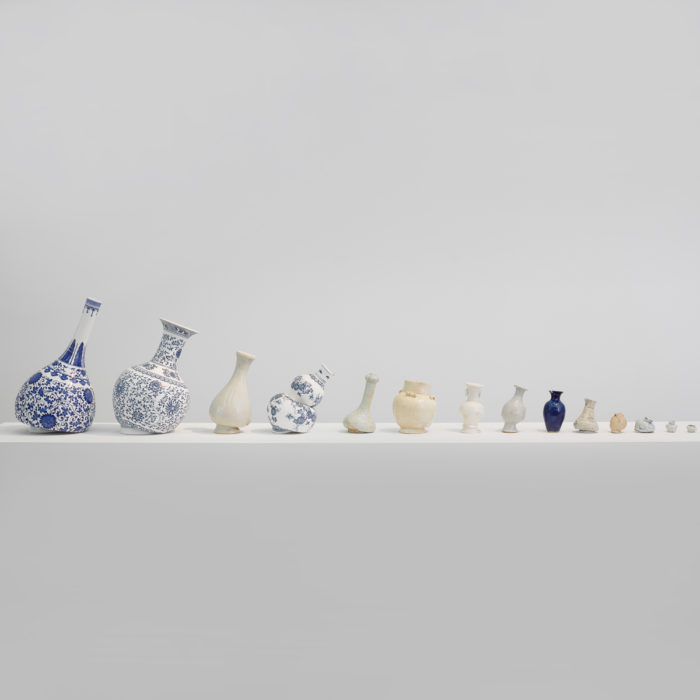
Qi Zhuo
History never really says goodbye
09/10/2022 - 10/29/2022 -
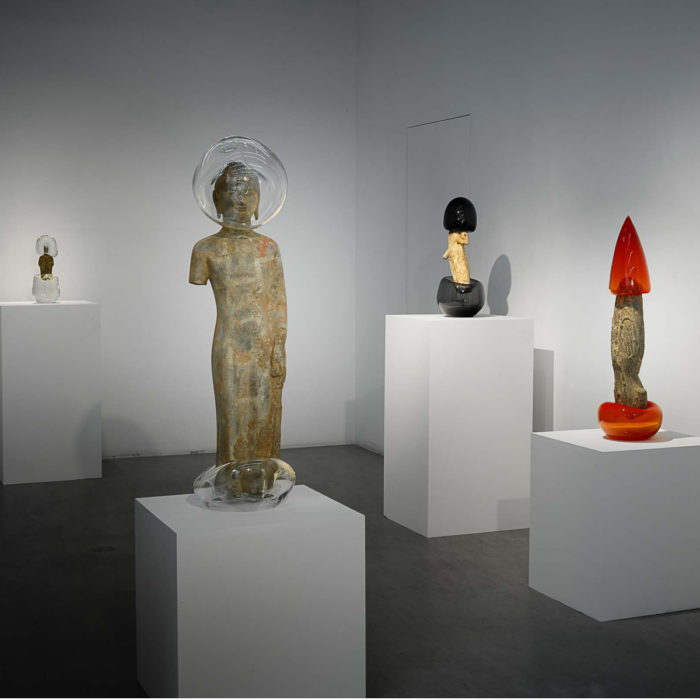
PB PROJECT : Qi Zhuo
Étrangement beau
01/23/2021 - 03/13/2021
Seeking Defeat with Triumph
Text by Baiyu Ju
“Hasten, slowly” (festina lente). This motto of the ancient Roman emperor Augustus – found on a gold coin from his reign – is embodied by a crab and a butterfly on the obverse and reverse (slow and fast, heavy and light). Such a paradox is similar to the wisdom of the East, which renders precisely prudence and radicalism. When two extreme polars go hand in hand, we call it tension. Once the artist is willing to take the risk of mastering this delicate balance, the fascination of the work becomes apparent, and I can perceive this kind of weightlessness in Zhuo Qi’s works.
The artist “restores” Buddhist statues from China’s Five Dynasties and Ten Kingdoms period (A.D. 907-960) in glass bubbles. From which we perceive the temporal notion of “slowness”, an eternal splice while maintaining a geographical fluidity. Such style of damaged Buddhist heads, evident in Buddhism’s many rounds of rising and falling, represents the violent movements of religious icons in the East. Eventually, they established a distinct image out of the chaos and confusion. Over the years, such images became detached from its own aesthetic origins and followed Qi like ghosts. They enter the global language and became a metaphor of his “irreverent” as evidence of time and space. In his false “restoration”, Qi supplements its integrity with temporally and geographically irrelevant materials.
These works continue the dialectic of the Bubble-Game series exhibited in 2020: when he takes a religious icon from an ancient civilization as the material for his work, he dissolves the notion of “icon” in convention; Moreover, the creators of a religious icon was usually commonplace craftsmen who serve the public designated by the religion and who do not need to have their own free will or strivings of innovation. Wether in the case of Bushiest of Catholic icons, the creators do no have names, yet the idol was glorious and authoritative. Nowadays, as the times and space have changed, the humanistic image is free from the worship of beliefs and has generated its own culture. Hence, the artist becomes the primary creator of visual culture. Creativity is no longer reliant on divine power; thus, when the glass bubble casts over the remnants of the icon, not only does a sense of humor shines through, but the artist, as an individual, accomplishes his historical responsibility, which is to deliver freedom. In other words, art assumes this function when the sacred icon no longer evokes the world.
This “reinvented statue”, which consists of several colored glass bubbles, is no longer presented in a sacred place, but now rests gracefully on a stainless steel butcher’s table. From a butcher’s point of view, the exhibition space could be considered a “Buddha butcher shop”. Hanging from the ceiling of this butcher shop, a glass ham becoming the arm of the statue symbolizes the gesture of Bodhisattva. This hand which for thousands of years pointed upwards, now points downward to the earth. This mischievous destruction, undermining the norms and conventions of its own culture: let’s call it liberation.
Born in the Liaoning province of China, Zhuo Qi’s hometown is rich in onyx stone and Rinpoches. However, precious stones were only commonplace materials to him, and the untouchable religion meant nothing more to him than that a family member was a lama or a shaman. Having grown up in such an atmosphere, religion belief and icon worship are both close and far from him. We can accurately describe his “irreverence” due to this environment just as Cézanne one said that a farmer in Provence would never look at Mont Sainte-Victoire.
People have shaped the invisible religious consciousness into a physical and palpable statue. In Zhuo Qi’s case, he uses abstract and blown glass to restore and reconstruct. When he faces the countless defective porcelain vases in Jingdezhen, he sees the magic of failure or rejection. They are abandoned because they do not meet the standards of beauty. As for the artist, he considers that “Beauty itself emanates from what is rejected”, just as Régis Debray put it: “The museum is the dustbin of cultural degradation linked to faith”. History and society constantly interpret religion and its physical manifestations in perpetual evolution; the artist is the only one who can transform past creations and resurrect them into an aesthetic of the present. It is the artist who connects the past to the present, who destroys and rebuilds in order to reveal a new perspective of history through what could be called a “positive legacy”.
When put together one next to another, those failed porcelain abandoned from the kiln are like a grammatically incorrect sentence. It is a sentence about history that is awkward-sounding, poorly constructed or it does not convey the real meaning. Wrong words yet can constructed a real sentence, a real long process of history. It’s not difficult to find out from all the works that the artist does not approve a purified, perfect history, just as a flawless white jade Buddha head always fails to amaze the audience when it’s only to be observed in a window of an antique shop. Things must not only shows their flaws and frustrations, but also need some magic to achieve the beauty. This is the artist’s worship of failure: seeking defeat, is also the triumph of will.
Beautiful and desolate dead branches, often found in Chinese painting of the Southern Song Dynasty (1127-1279), late Ming Dynasty (1368-1644) or in Japanese painting from the Edo period (1603-1867), which usually represent the repository feeling of travelers or the disillusionment of literati. In the series Piercing game, Qi renders the dead branches by shaping ceramics in a wood-fired kiln. This transformation between both substances seems to make us go lost in our understandings between ceramics and wood. Who give birth to whom ? Which one is the subject of the work? But his mischief intensifies even further: the broken branches are joined together by staples, and the failed pieces from the glass workshop are casted on the end of the branches, as if the flowers of impossibility are blooming on the branches, as an impossible outcome of the history.
This contradiction can also be seen in the Bamboo Chairs series, in which Chinese porcelain bamboo takes the form of a chair. The viewer can neither anticipate nor judge whether it is solid or flexible. Like Piercing Game, Bamboo Chairs returns to echo the dialectic of the Ancient East. Seemingly poetic, yet the pieces are full of contradictions, uncertainties, doubts and a comic restlessness that the artist delivers with apprehension. These ceramic bamboos are presented to us like cultural relics from a museum, similar to ancient Chinese musical instruments or tools from a workshop. They look familiar to us but no one is able to determine their origin and function. These post-modern “false creations” are part of history, the one that we persist in wanting to restore. This time that we connect to myths and legends with staples, wishing to progress but without knowing where to go, ended up repairing the past with our noses kept to the grindstone.
Nowadays, the Buddha’s head is not in a temple, nor in a museum but playing with glass bubbles freely laying on a butcher’s block. The approach that breaks the principle of secularism is Qi’s signature language of banter, which juxtaposes “irreverence” with “reverence”. The tension engendered from this language game of disorder is the same as we couldn’t identify someone on a street in Europe hundreds years ago as a dandy or a philosopher. After looking at all the works by Zhuo Qi, I am reminded by Chögyam Trungpa Rinpoche. He once got drunk and took off the Buddha amulet from his neck and soaked in a glass of wine. He said: I would also like the Buddha to enjoy what I enjoy.
